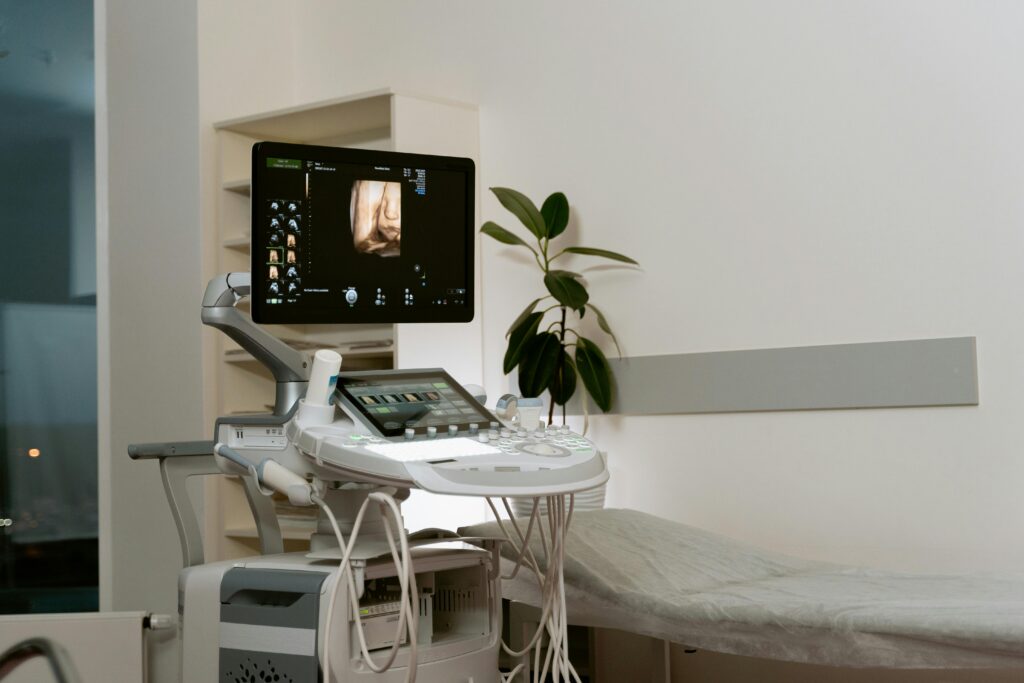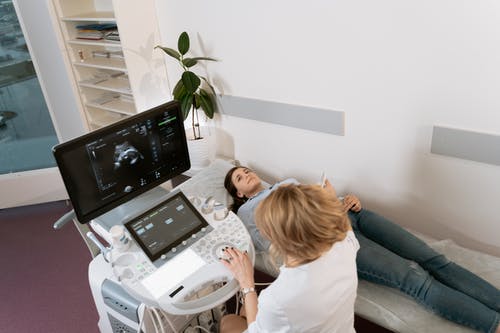Managing Ultrasound Ergonomics
Ultrasound ergonomics are critical to the comfort, efficiency, and safety of healthcare professionals performing ultrasound examinations. This article explores the importance of mastering ultrasound ergonomics to improve efficiency and prevent injuries in clinical practice.
Understanding Ultrasound Ergonomics
Ultrasonic ergonomics refers to the design and layout of equipment and workspaces to optimize comfort and efficiency during ultrasound examinations. Common ergonomic issues that ultrasound professionals face are awkward postures, repetitive motions, and prolonged standing, which over time can lead to musculoskeletal injuries.
Optimizing Workstation Setup
Proper workplace design is essential to ultrasound ergonomics. This includes positioning equipment such as the ultrasound machine, monitor, and accessories so that exams minimize reaching, twisting and bending. Adjustable furniture and ergonomic accessories can further improve the comfort and efficiency of the ultrasound suite.
Body Mechanics and Posture
Maintaining proper posture is important to avoid straining the musculoskeletal system during ultrasound examinations. Healthcare workers must consider their body mechanics, keep their spine aligned and avoid overextending or bending. Techniques such as using the legs to maintain a neutral spinal position can help reduce stress on the lower back.
Adjusting equipment for comfort
Ultrasound equipment must be adjusted to individual preferences and scanning techniques. Healthcare professionals can customize controls, presets, and display settings to optimize image quality and ease of use. Ergonomic transducer designs and lightweight equipment can also reduce hand and wrist strain during long scanning sessions.
Preventing Musculoskeletal Injuries
Identifying and treating risk factors for musculoskeletal injuries is essential to preventing work-related injuries for sonographers. Strategies such as regular stretching exercises, ergonomic evaluation of workplaces, and task rotation can help reduce the risk of repetitive strain injuries and musculoskeletal disorders.
Education and Training
Education on ultrasound ergonomics should be an integral part of ultrasound training programs. Health professionals should receive instruction in proper scanning technique, body mechanics, and workstation setup to prevent injuries and promote a long-term career. Continuing education and refresher courses can reinforce ergonomic principles and encourage adherence to best practices.
Employment of Ergonomic Practices
Health facilities should develop protocols and guidelines for ergonomic scanning techniques to promote consistency and safety among sonographers. Encouraging regular rest breaks, implementing rotating schedules and providing opportunities to use ergonomic equipment can support the well-being of healthcare workers and improve the quality of patient care.
Conclusion
In conclusion, it can be stated that mastery of ultrasound ergonomics is necessary to increase. efficiency and prevent injury in clinical trials. By prioritizing proper workstation setup, maintaining good body mechanics and posture, and implementing ergonomic practices, healthcare professionals can optimize their comfort, productivity, and long-term health while providing patients with high-quality ultrasound.



